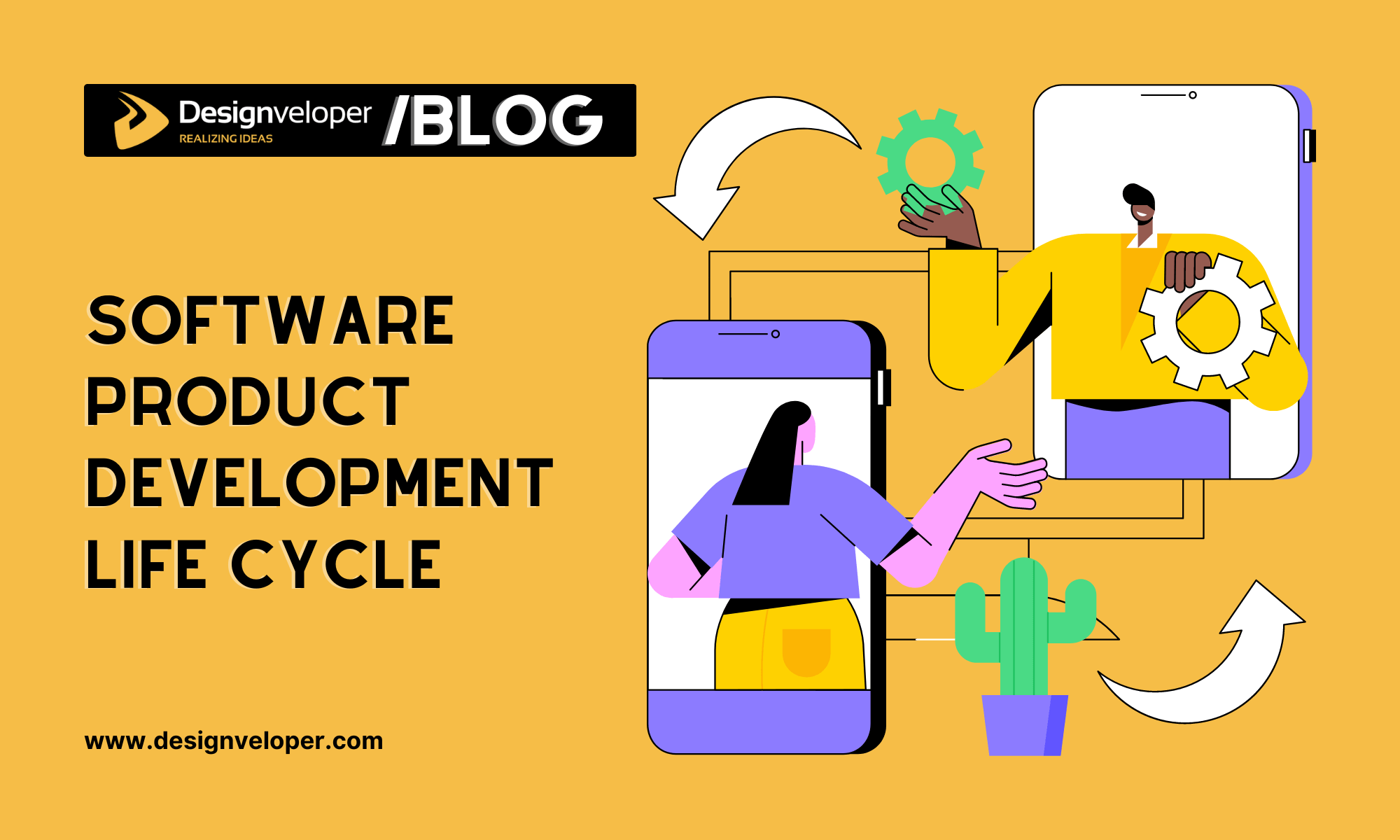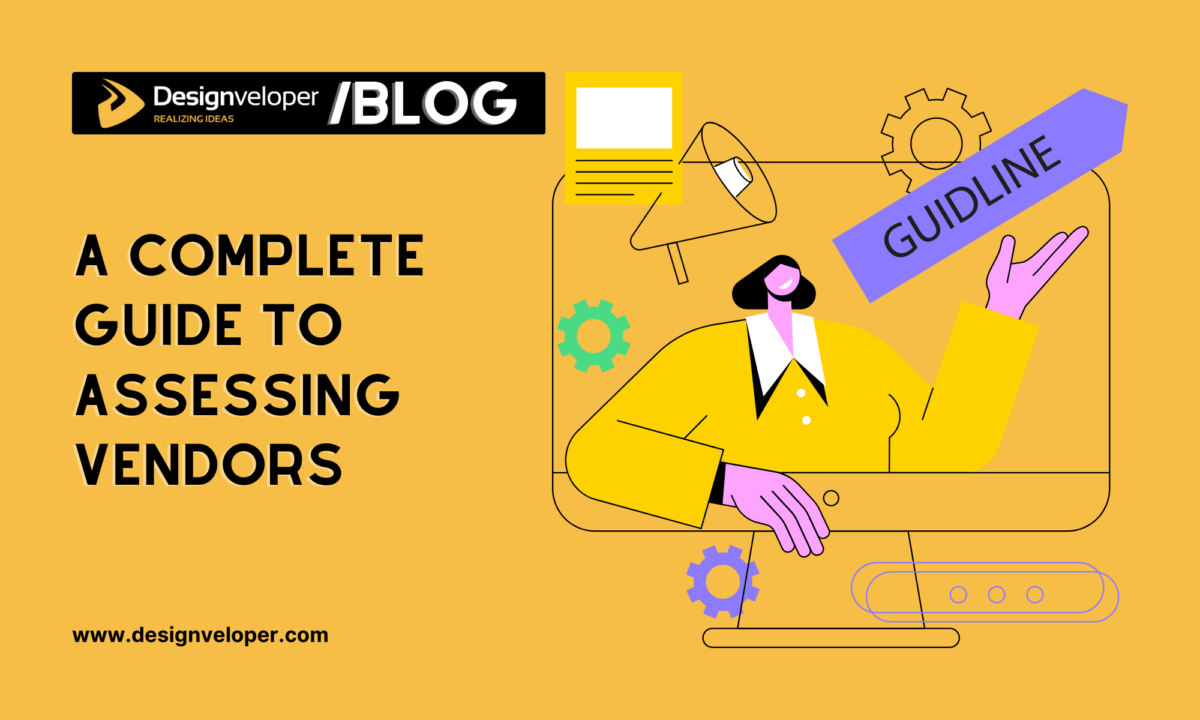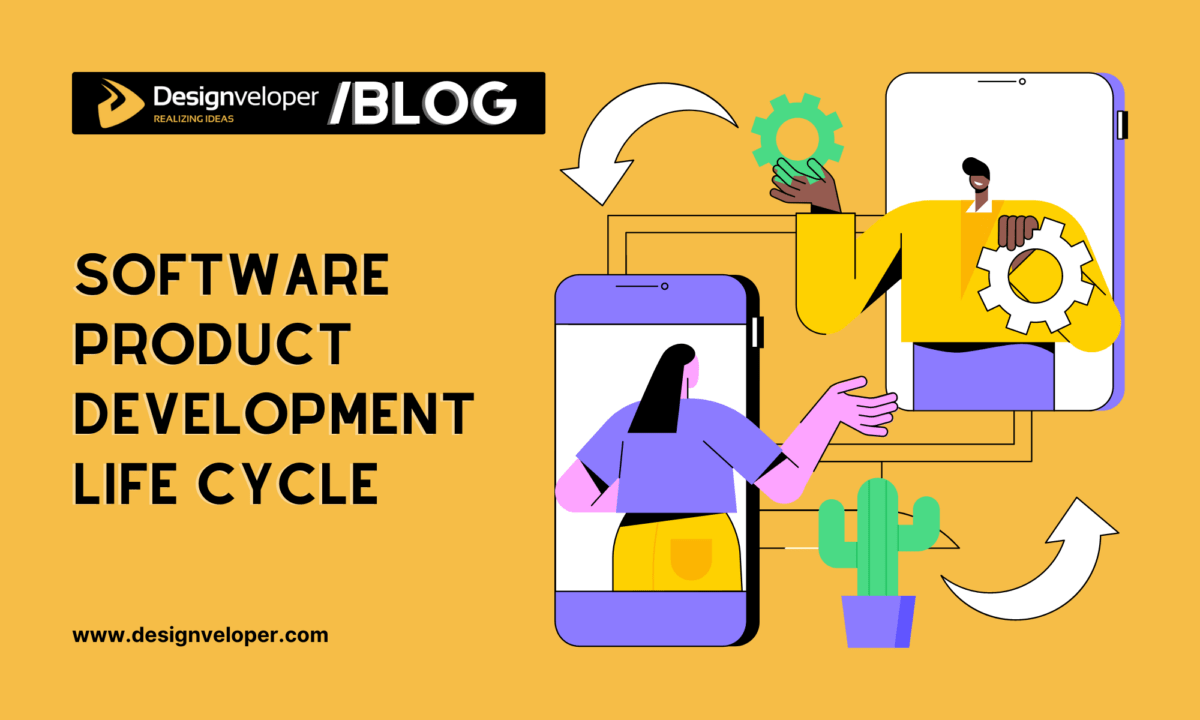Software Product Development Life Cycle (SDLC) is “a conceptual framework describing all activities in a software development project from planning to maintenance for a product.”
A robust and well-structured SDLC framework is crucial in the world of software development as it streamlines the development process. Moreover, SDLC helps improve communication between the team and stakeholders.
In this article, we will talk about the stages of SDLC. By understanding these stages, you will gain an opportunity to navigate potential challenges, allocate resources efficiently, and foster a collaborative environment for your development team.
6 Stages of the Software Product Development Life Cycle
So, what are the stages of software development? Let’s consider each stage in detail.
1. Planning
The planning stage in the SDLC plays a critical role in ensuring the success of a software project. It aims to establish a clear vision, identify objectives, and define the project scope. This stage also involves the allocation of resources, setting milestones, and the development of a comprehensive plan that will guide the project team throughout the development process.

Planning stage offers several benefits.
- Understanding of the project requirements. This helps the team to avoid any ambiguity. Such a clarity contributes to smoother communication among stakeholders, reducing potential misunderstandings and conflicts.
- Efficient resource allocation. It enables optimal utilization of time, money, and human resources, minimizing waste and increasing the chances of delivering the project within the established constraints.
- Setting realistic milestones and deadlines. Thanks to that, the team can monitor progress, detect deviations, and take timely corrective actions, ensuring that the project remains on track.
The output of the planning stage encompasses various deliverables that serve as a foundation for the subsequent stages of software development life cycle. These may include a project schedule, which details the timeline for completing each task; a risk management plan which identifies potential risks and their mitigation strategies; a business model canvas that includes essential information about the project.
These outputs pave the way for successful software development and ensure that the team can execute the project effectively, delivering a high-quality product that meets the desired objectives.
2. Identification of requirements
Requirements elicitation plays a pivotal role in the SDLC process as it involves gathering, understanding, and documenting the needs and expectations of stakeholders for a software project. This process aims to ensure that the development team has a clear and accurate understanding of what the client and the end users require from the final product.

There are two key types of requirements in the SDLC: functional and non-functional.
Functional requirements describe the features and capabilities that the software product must have to fulfill its intended purpose, such as data processing, user interaction, or system functionality.
Non-functional requirements focus on the characteristics or qualities that the software product should possess, such as reliability, performance, usability, and security.
The discovery phase is an essential part of the requirements elicitation process. During this phase, the project team interacts with stakeholders through various methods, including interviews, workshops, surveys, and observation, to gather information about the software requirements. Additionally, the team may analyze existing systems, competitor products, and industry standards to gather insights that will help refine the requirements.
The output of the requirements identification process includes a software requirements specification (SRS) document that comprehensively lists all the functional and non-functional requirements for the software. This document serves as a crucial reference for the entire development team and stakeholders throughout the project.
3. Design
The design stage in the SDLC aims to transform the software requirements into a blueprint for the development process. This stage focuses on creating a comprehensive plan that outlines the structure and interfaces of the software. The primary goal of this stage is to develop the product’s design.
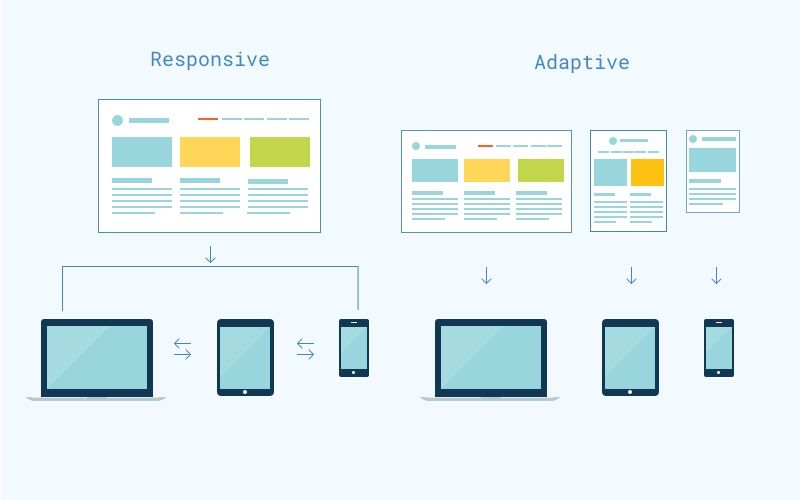
A prototype is a crucial aspect of the design stage. It serves as an early representation of the software, showcasing its key features and functionalities. The team uses prototypes to receive feedback from stakeholders and refine the design. Prototyping helps in identifying and addressing potential issues early on, reducing the likelihood of costly changes later in the development process.
The UI/UX design is another essential component of the design stage that focuses on crafting an intuitive and visually appealing interface for the software. The UI/UX design process takes into account the target audience, platform, and user expectations, aiming to create a seamless and enjoyable user experience.
The output of the design stage includes several deliverables, such as the software architecture document, user interface mockups, prototypes, and detailed design specifications. These documents serve as a roadmap for the development team, providing them with the necessary guidance and direction to build the software system effectively.
4. Development and testing
At this stage, the actual software development process starts. It encompasses coding and quality assurance (testing).
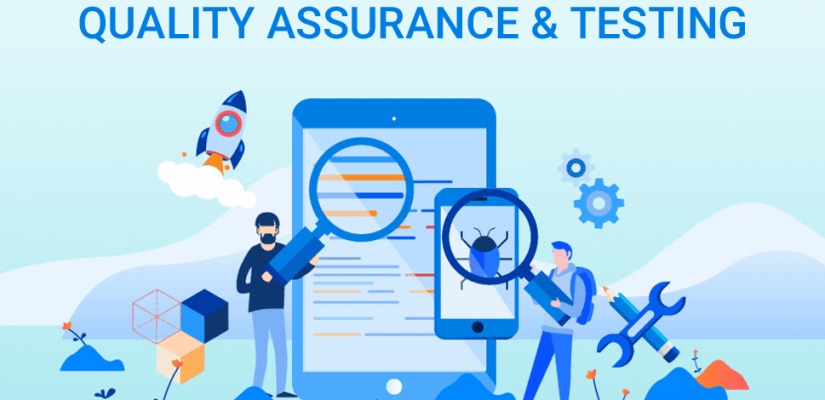
- Coding. Once the design is complete, the software developers start writing the actual code. They follow the design specifications and coding standards to ensure that the code is of high quality and easy to maintain.
- Testing. The testing process involves a number of activities, including unit testing, integration testing, system testing, and acceptance testing. Each type of testing focuses on a different aspect of the software and helps to identify any issues early in the development process.
Development and testing processes can be carried out differently depending on the choice of a software development methodology – Agile or Waterfall.
- Waterfall. Waterfall model is sequential. Each phase of the development process must be completed before the next one can begin. This model is rigid and inflexible, making it difficult to make changes to the software once development has begun.
- Agile. Agile is an iterative software development model that emphasizes flexibility and collaboration between team members. It involves breaking down the development process into small, manageable parts called sprints, allowing for regular feedback and adaptation to changing requirements.
Overall, the development and testing phase is a critical stage in the SDLC, as it ensures that the software is of high quality, works as expected, and meets the initial requirements.
5. Deployment
The deployment stage involves the actual release of the software to the end-users. This stage is crucial as it ensures that the software is ready for use and meets the requirements of the users.

After the software has gone through final testing, it can be released to the end-users. The deployment process involves installing the software on the target systems and configuring it to work with any other systems it needs to interface with. The deployment process should be carefully planned and executed to ensure that the software is deployed smoothly and without any issues.
6. Maintenance

The maintenance phase is the final stage in the software development life cycle (SDLC). During this phase, the development team monitors the software for errors and bugs, makes necessary updates and modifications, and provides ongoing support to the users. This phase ensures that the software continues to meet the needs of the users and remains compatible with the changing technological environment, and it is critical to the long-term success of the software.
Conclusion
The software product development life cycle (SDLC) involves a series of steps that are necessary to develop high-quality software that meets the needs of the users. From requirements gathering to deployment and maintenance, each of the stages of software development process requires careful planning, execution, and evaluation. By following the SDLC, development teams can ensure that their software is functional, effective, and adaptable to changing requirements and environments.
